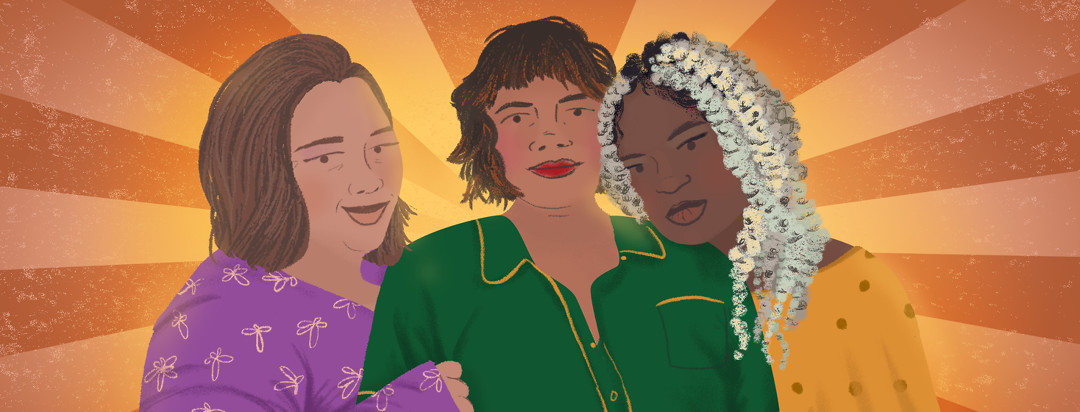How to Accept Your Body
I spent many, many years hating my body. I kept trying to change it, which led to restrictive dieting followed by periods of intense binge eating, which in turn caused my HbA1c numbers to get a bit higher than I would have liked. Having a terrible body image also made me just plain miserable, and I thought about food, dieting, and my weight all the time. It wasn't a healthy or happy way to live.
I’m not alone in this, as according to one study “body dissatisfaction is omnipresent in women of all ages in the United States.” This is a problem because research suggests body image issues can lead to eating disorders and general mental health issues, both of which I experienced in my own life.1
What is a healthy body?
If you’re not the size that’s traditionally accepted as “right”, it can be very hard to accept your body, though, even if you know having a poor body image is detrimental to your physical and mental well being.
Below, some ideas for how to accept your body, no matter what your size.
Know that BMI is bogus
Sometimes people have a hard time accepting their bodies if they’ve been labeled “overweight” or “obese” by their doctor (or some online calculator). The thing is, BMI wasn’t created by a doctor, was never intended as a measure of health, and its cutoff levels for “overweight” were changed, overnight, making millions of more people think their bodies were too large.
The body mass index was invented by mathematician Lambert Adolphe Jacques Quetelet in the 19th century. The index was intended to measure obesity in the general population but specifically said it wasn’t supposed to be used on individuals as a measure of fatness.
Get this: In 1998, 29 million Americans went from being in the “normal” weight category to the “overweight” category. Yeah. This just goes to show you that so many of these numbers are just, well, made up, and also easily changed. Do NOT let BMI rule your world.
Read about how larger sized bodies were the norm for millenia
Did you know that thinner bodies weren’t considered ideal, optimal for health, or attractive until the last century and a half or so, generally speaking? In just about every culture across the world, both men and women who were larger were considered the most appealing. Having a larger body meant you were healthy and prospering and had plenty to eat. It wasn’t until the early 1900’s that ideas about morality, food, and weight came into play, and the smaller body became the one to want.
Go ahead and google "history of the ideal body type" and see how culture has so, so much to do with what's considered appealing.
Follow body-positive folks on social media
If your entire social media feed is filled to the brim with fitness gurus and bikini models, it will be harder to accept your body as it is. Instead, search for people of all sizes and shapes to follow. Instagram is chock full of body-positive dietitians, coaches, even yoga teachers! It will seriously improve your thoughts about yourself if you see diverse body types every day. Search for #bodypositive #fatpositive and #HAES to get started.
There are many benefits to accepting your body, including better mental health and overall well-being. Get started accepting yourself today.

Join the conversation